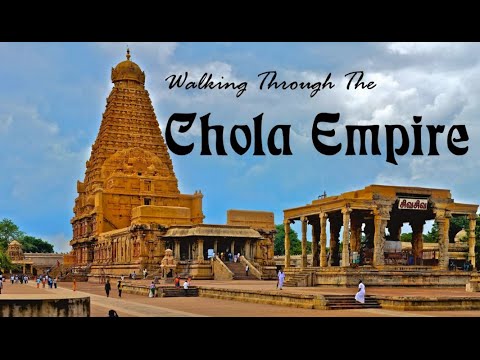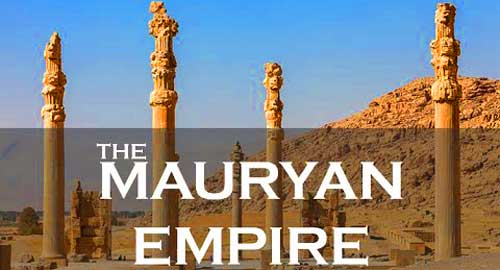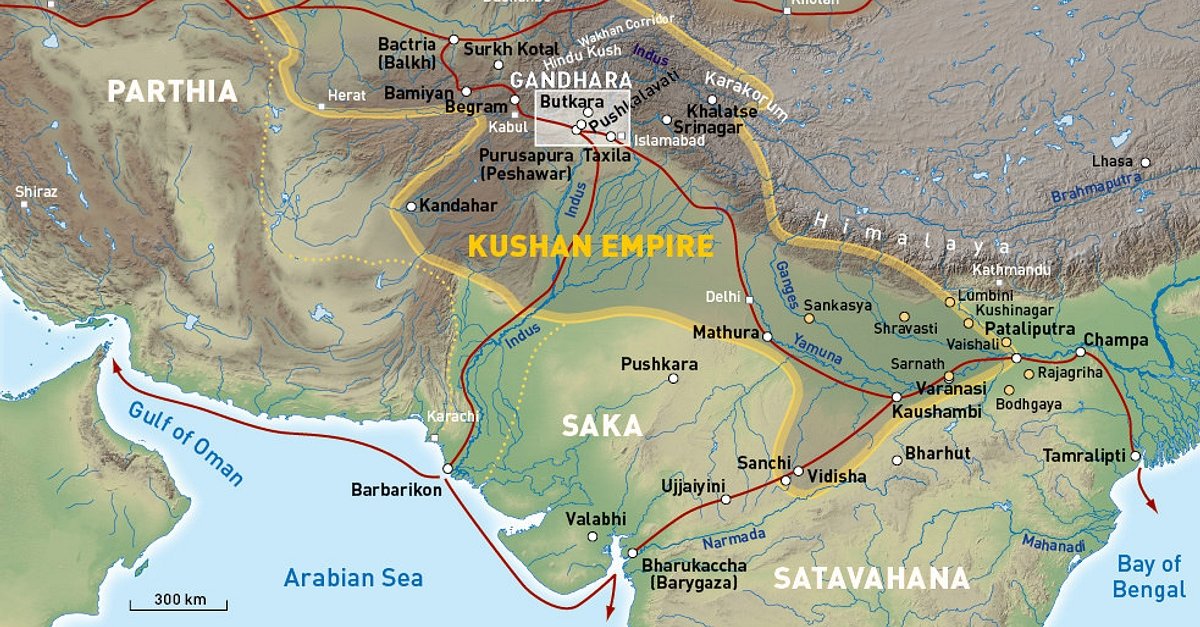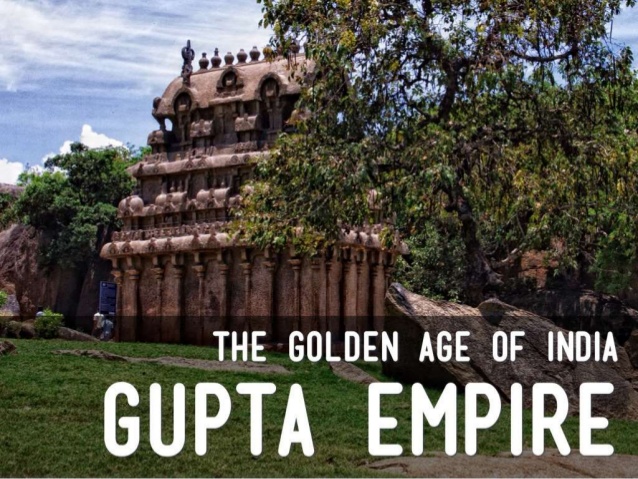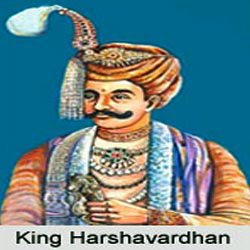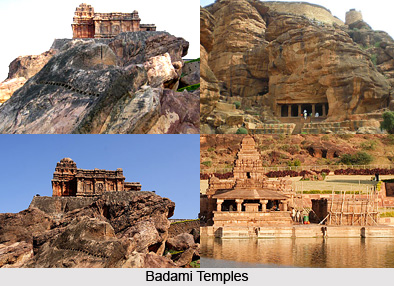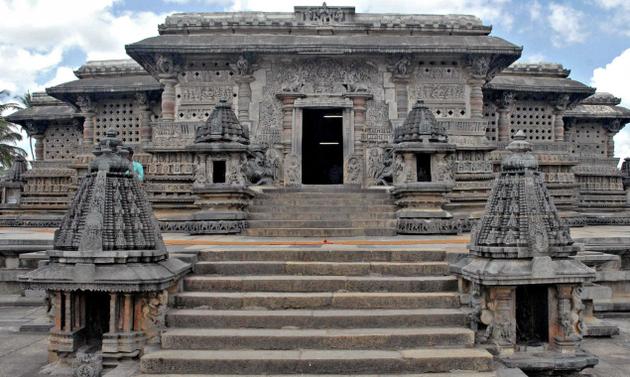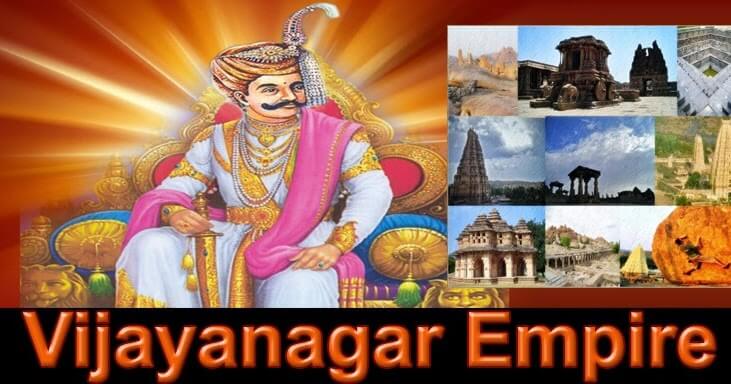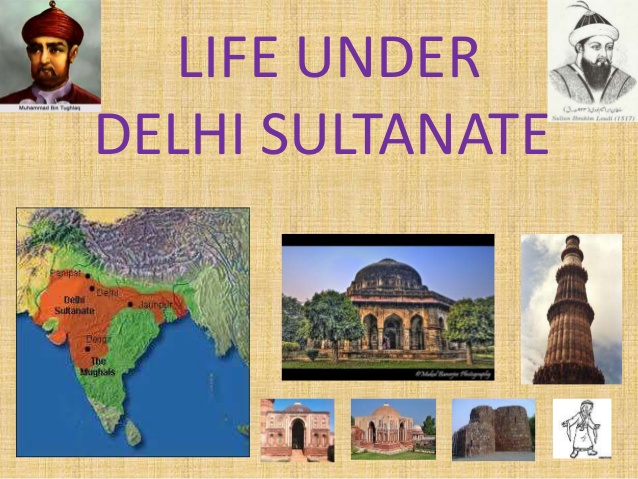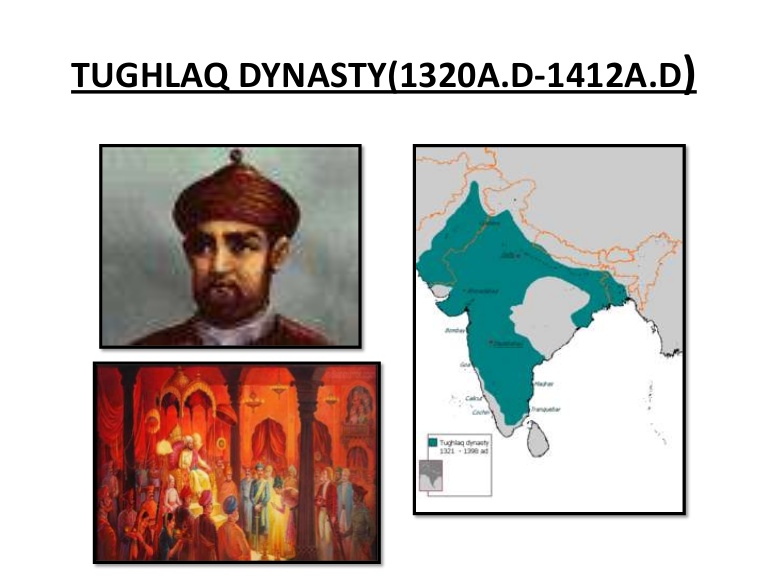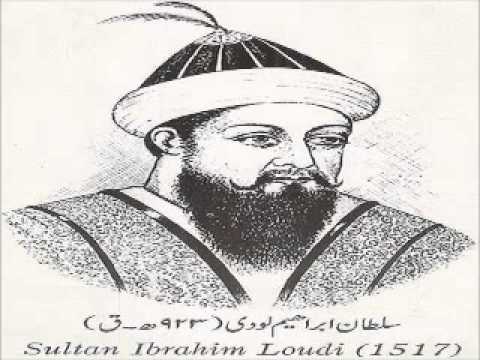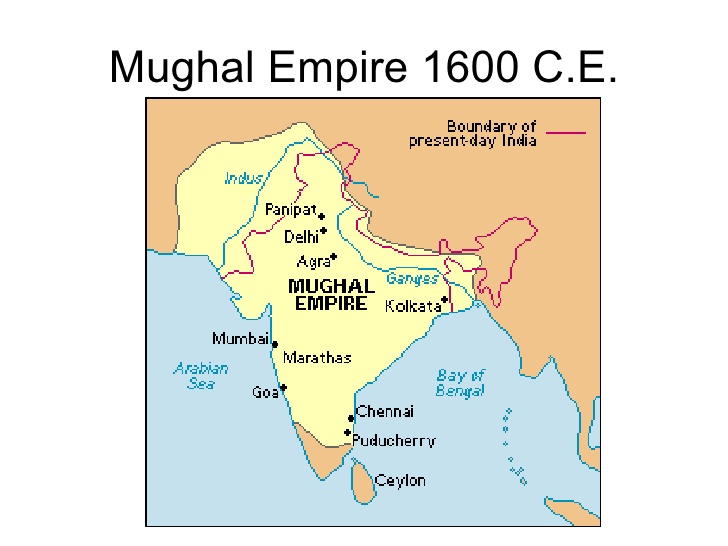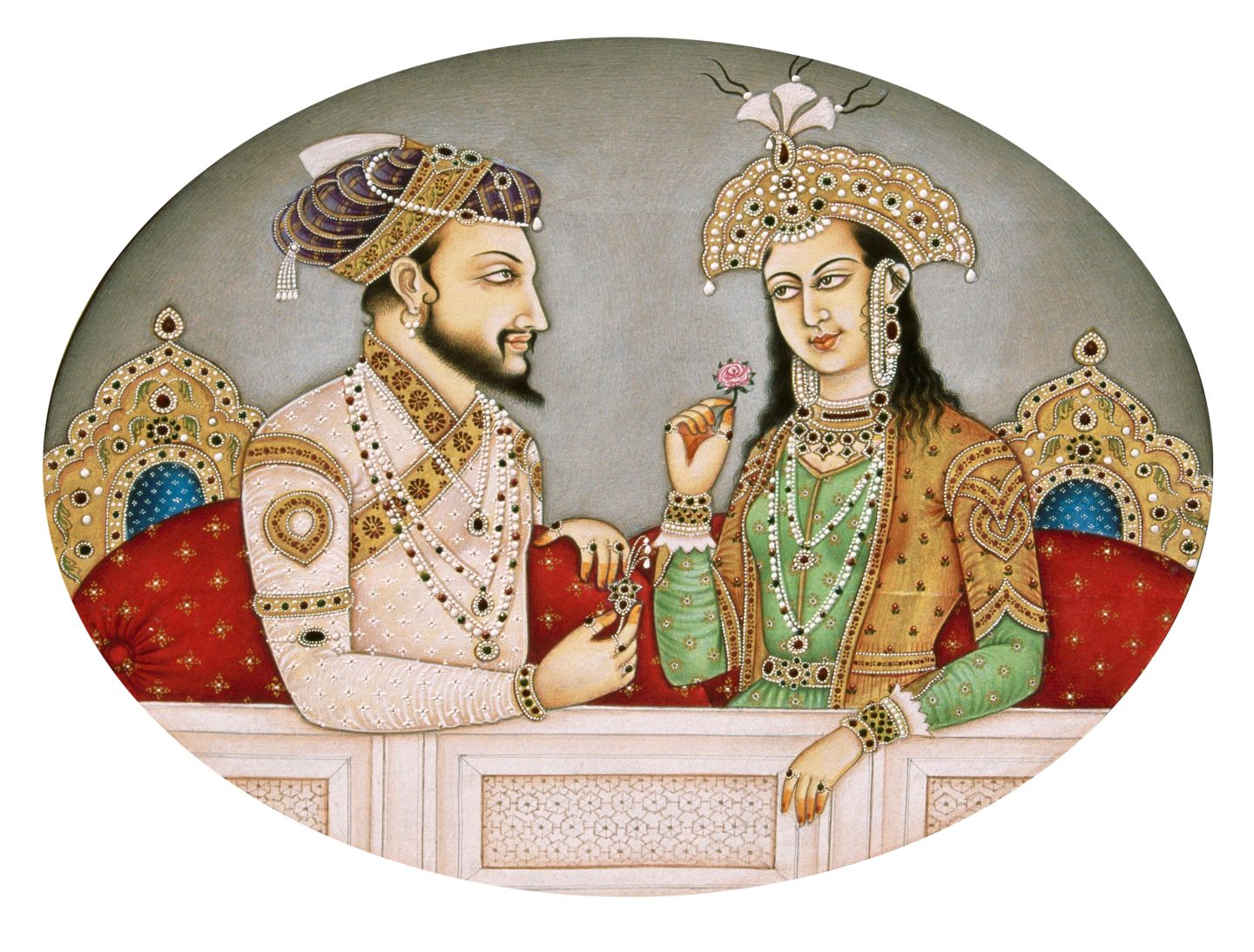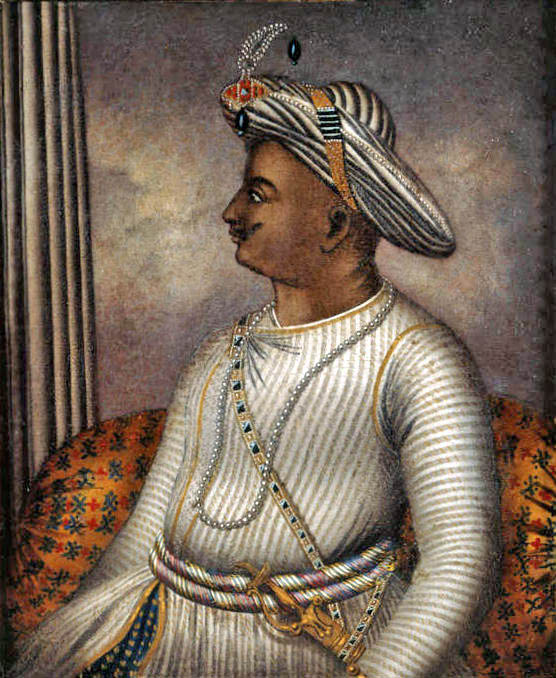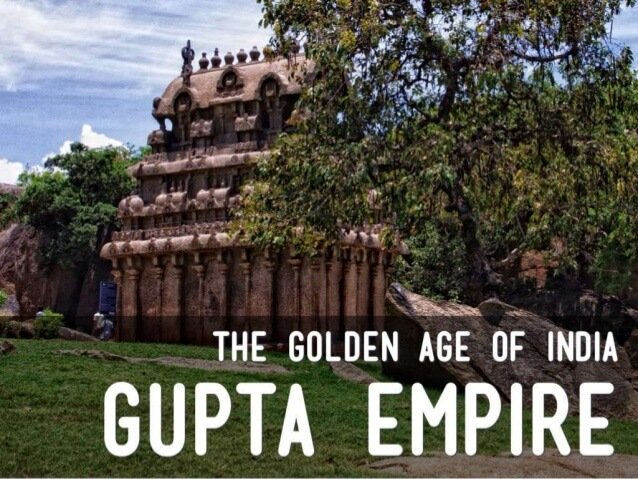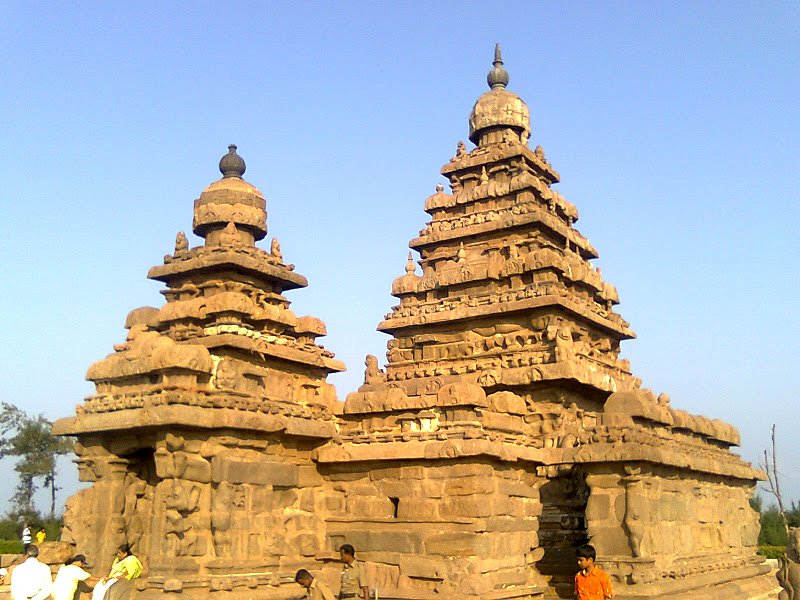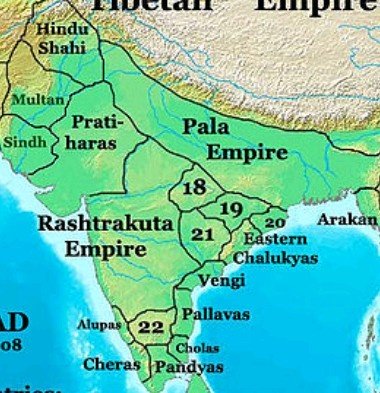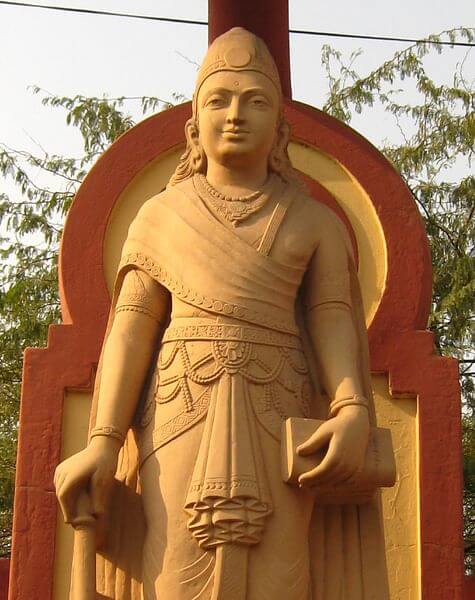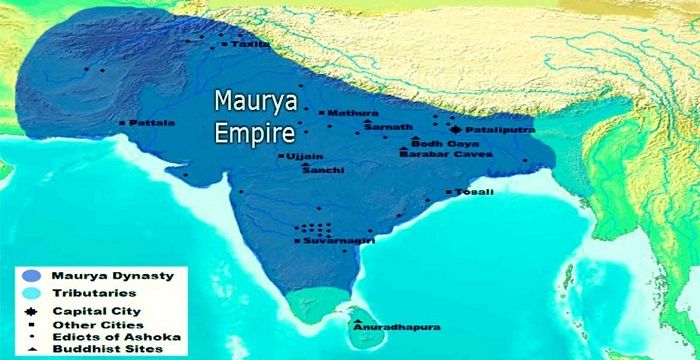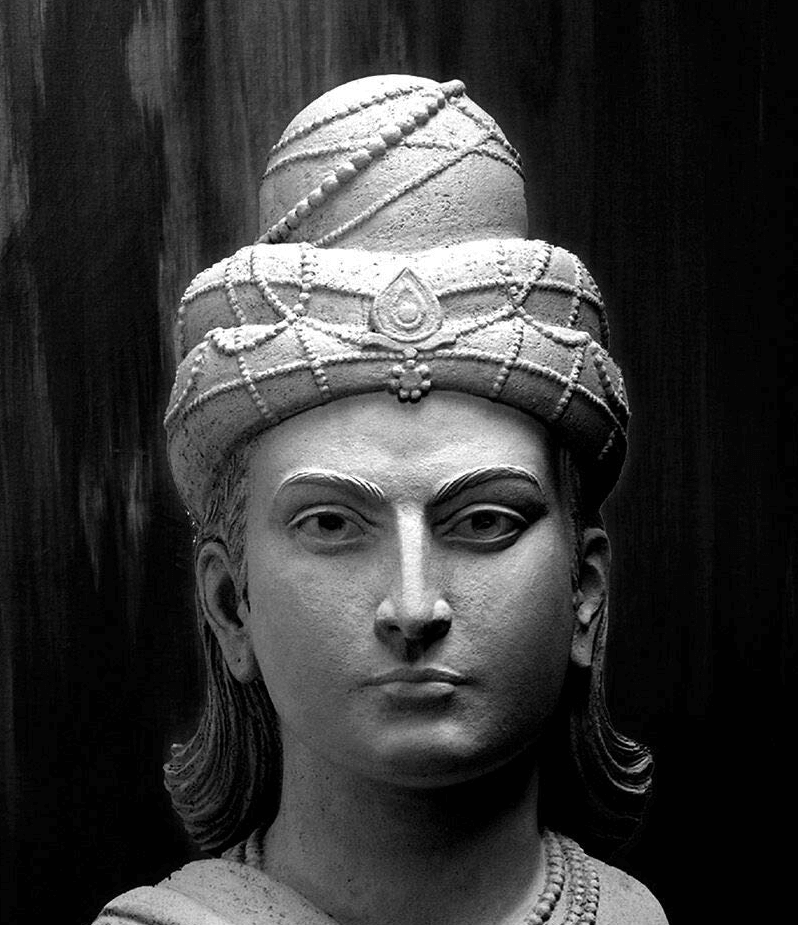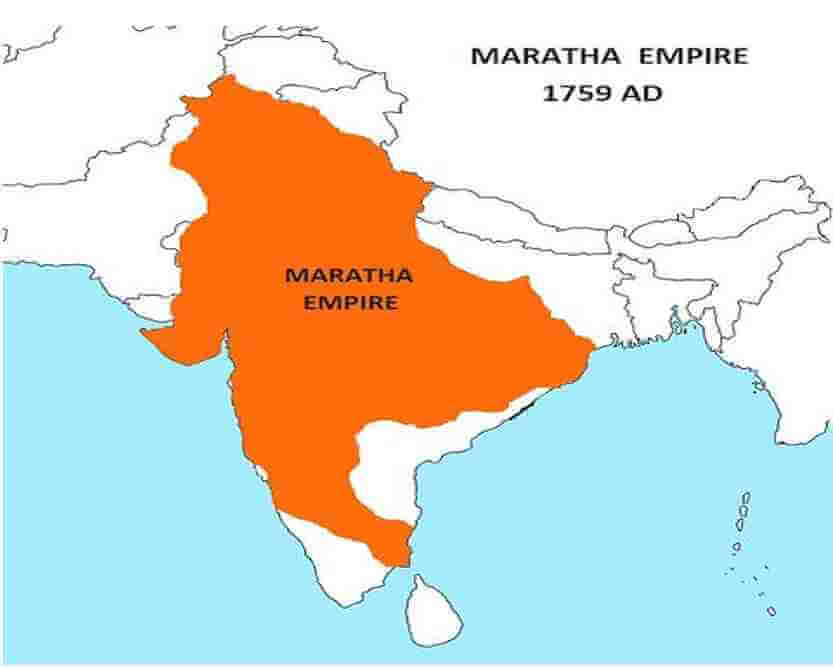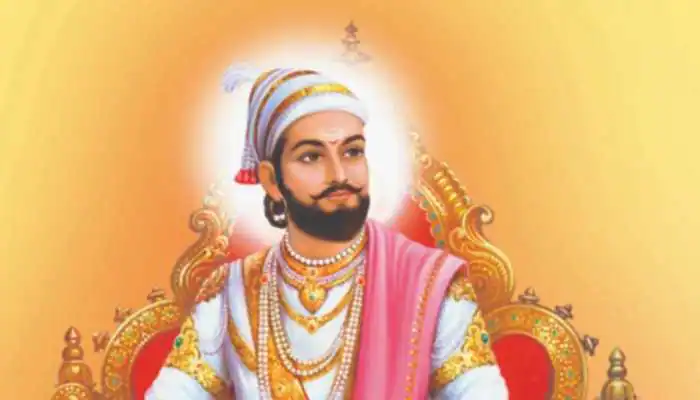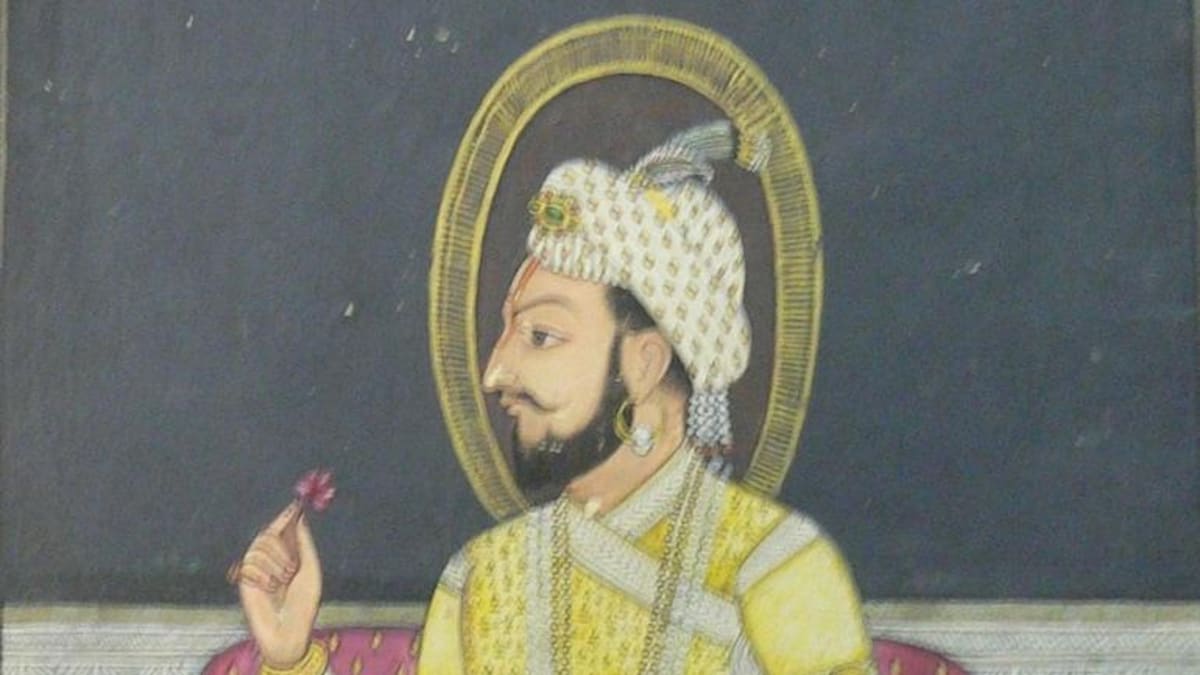- Home
- History of India
- Indian Dynasties
- Chola Dynasty
Chola Dynasty
Chola Dynasty :
Quick Facts
Dynasty: Chola Dynasty
Religion: Hinduism
Official Languages: Tamil and Sanskrit.
Ruled: From 9th century to 13th Century
Capital: Early Cholas: Poompuhar, Urayur, Tiruvarur
Medieval Cholas: Pazhaiyaaraj, Thanjayur, Gangaikonda Cholapuram.
Some important rulers from early, medieval and later Cholas: Ellalan, Perunakilli, Vijayalaya, Aditya I, Rajaraja I, II and III Rajendra I, Rajadhiraja, Rajendra I, Virarajendra Chola, Athirajendra, Kulothunga I, II and III and many more.
Chola Dynasty of India is another vast and important Dynasty that ruled South India from 9th century. Chola dynasty was one of the biggest dynasties that ruled South India for a very long period from early 9th century to late 13th century.
Most of the present Southern states were united as one state and was
ruled by the Cholas between 907-1215 AD Chola Dynasty is famous for its art and
architecture. During the period of Chola
dynasty many magnificent and beautiful temples were built which are famous
even today. The Cholas gained control over South India by overthrowing the
Pallavas.
It not only ruled Southern India, but also took control over seas and ruled parts of Maldives and Sri Lanka. The founder of Imperial Chola dynasty was Vijayalaya. The Cholas were good in art and literature.
They have built lot of temples
in Tamil Nadu like Brihadeshwara temple at Tanjavur, the temple at Gangaikonda,
cholapuram, Airavateswara temple in traditional Pallava style. The Airavateswara temple at Darasuram was
built during the period of Rajaraja 1 has magnificent style. The artistic pillars,
decorated walls show the richness of the Chola art and architecture.
After Vijayalaya, Aditya 1 defeated Pallava King Aparajitha and ruled from 907- 955 A.D. Cholas earned lot of supremacy and control under Aditya 1. To keep good relations with Cholas Rashtrakuta King, Krishna 2 gave his daughter in marriage to Aditya.
Later Aditya was succeded by Parantaka 1. Parantaka I was an ambitious ruler and engaged
himself in various wars during his reign. He conquered Madurai from the Pandya
ruler Rajasimha II. He assumed the title of Maduraikonda (capture of Madurai). Chola dynasty was also thrived for long like Chandragupta 2 of gupta dynasty and Mauryan dynasty which ruled for many decades.
Origin and History of Chola Dynasty
The chronology of the Cholas is very difficult to explain. But Vijayalaya founded Chola empire and ruled most parts of South India from 850- 870 CE. Cholas were also known as Chodas and it is believed that they existed even around 3rd century.
However there is no evidence
to prove their existence. The inscriptions on the pillars of the Ashoka
(273BC-232BC) do mention about Chola. Some of the other evidences that are
available is the Tamil Literature of the Sangam period.
Read more about History of India, Rajasthan and Delhi
The ancient Chola dynasty which was famous for their Tamil Literature was lost because of other dynasties coming to power. They went into dark age after 3rd century. It was only again after Vijayalaya defeated the Pallavas around 9th century and re established the Chola Dynasty. The history of Cholas can be divided into four periods: Early Cholas, Medieval Cholas and the Later Cholas (1070-1279 AD.
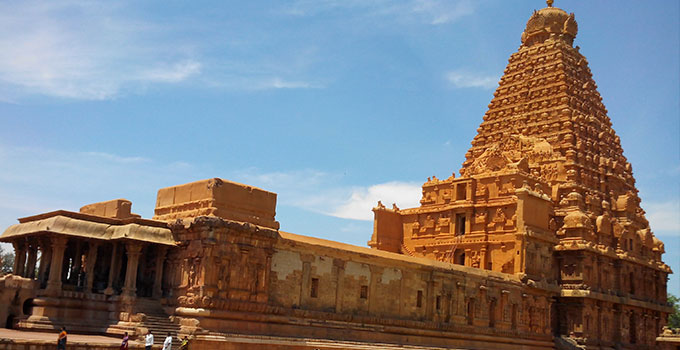
There is not much authentic evidence available about the early Cholas other than the mention in the Sangam Literature and Periplus of the Erythrean sea, Mahavamsa which is a Buddhists texts of Ceylon and the Hathigumpha description of Kharvela who was a Kalinga King. Karikala Chola who was a very famous king of Cholas, his name is mentioned in number of poems in Sangam Literature. These poems were written between 200 BCE-300 BCE.
Since these poems are not in order historians have not been able to identify the chronology of the kings of early Cholas. Some of the kings whose name have been mentioned in Sangam Literature are Karikala Chola, Nalankilli, Nedukilli and Kocengannan. The trade business that flourished during the Cola period has been mentioned in the Periplus of Erythrean Sea.
Vijayalaya founded the medieval Cholas. Around 300 CE both Pallavas and the Pandyas were in superior power in most of the Tamil Heartlands. Cholas who were very weak got an opportunity when war broke out between Pandyas and Pallavas around 850 CE.
Vijayalaya who was a feudatory of Pallavas seized and grabbed this opportunity and captured Tanjavur and thus established the Chola Dynasty again the medieval period. Tanjavur was made as the capital of the Chola Dynasty. The Chola dynasty flourished and extended their ruling to many parts of South India.
Check out pages on culture of India and Rajasthan
Vijayalaya’s son Adithya I caused further damage to Pallavas and the Pandya's by further defeating Pandya's of Madurai in 885. His son Parantaka I further expanded Chola dynasty by conquering Sri Lanka in 925.
The Dynasty got further boost and expanded their territory beyond traditional Tamil region and expanded from Sri Lanka in the South to Godavari Krishna River basin in the north and up to Konkan coast in Bhatkal and also included Maldives and areas of Chera country during the reign of Rajaraja Chola I and Rajendra Chola I.
The empire was at its peak during these two rulers. Art and architecture was developed during these two rulers. Gangaikonda Cholapuram was made as the new capital by Rajendra Chola I to celebrate his victories in North India. By 1044 under the leadership of Rajendra Chola I who pushed the Chola ruling borders to Ganges-Hoogly- Damodar Basin. He was one of the most successful rulers of Chola dynasty.
Here are some pages on National Symbols of India
The later Cholas ruled from 1070-1279 AD and some of the prominent rulers Kulothunga I, II, III, Rajaraja II, III and Rajendra III. The marital bond between Eastern Chalukya's and Cholas began when Rajendra Cholas daughter Ammanga Devi was married to Eastern Chalukya's prince Rajaraja Narendra.
Even though Later Cholas were not as strong as medieval cholas still they were able to the kingdoms which they had captured. By 1118, Cholas lost control on Vengi and Gangvadi. Vengi was captured by Western Chalukya's and Gangavadi to Hoysala Empire. Slowly the Cholas started to lose many territories. The Cholas under Rajendra III fell to Pandya Empire 1279 and there came to an end of Cholas.
Art and Architecture during Chola Period
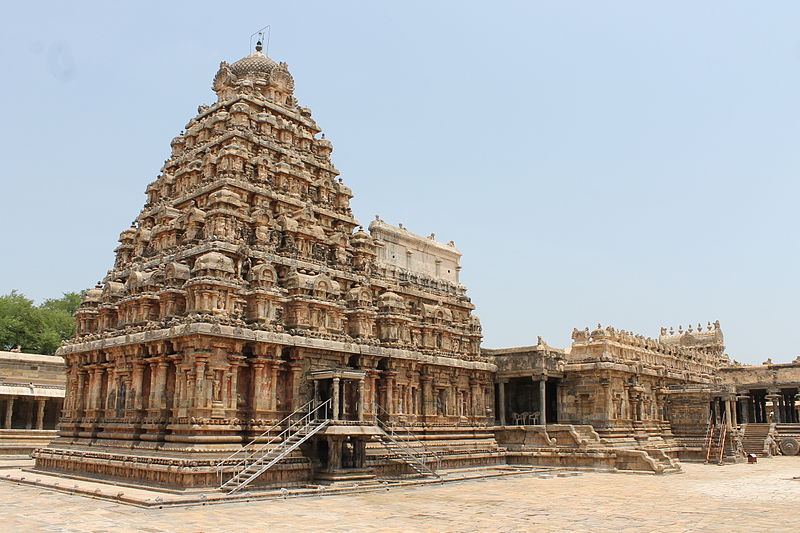
The art and architecture was at its best during the Chola period. They further continued the Palava dynasty tradition of temple building and also focused more on Dravidian style of architecture. Being a Hindu dynasty the Cholas have built a number of Shiva temples along the River Kaveri.
The architectural work of the Cholas have been much appreciated by the James Fergusson who said that the Chola artists worked like a giants and finished like Jewellers. The Cholas built huge gopurams at the entrance of the temple which was later adapted by the Pandya Dynasty.
Some of the magnificent temples
that were built during Cholas were Shiva temple at Tanjavur and also some of
the temples that were declared as World Heritage Sites by UNSECO are the
Brihadisvara Temple, the Gangaikondacholisvaram temple and the Airavatesvara
Temple at Darasuram.
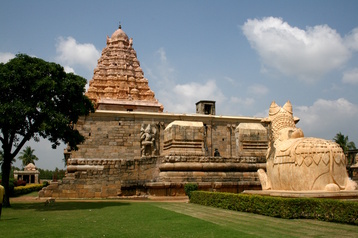
Read about Ancient Indian Art and Architecture
Even though the temple of Gangaikonda Cholapuram followed the same pattern and plan as te temple of Tanjavur still it has its own beauty and characteristics to explain. The Gangaikonda temple had only one entrance and one gopuram while the Thanjavur temple had two gopurams and two entrances.
The vimana construction is same in both the temples but the number of tiers
that made the pyramidal body differed to 8 in Gangaikonda and 13 in Thanjavur.
Read about Indian Art and Architecture
The Later Chola continued with the same architecture. The Airavatheshwara temple at Darasuram built by Rajaraja Chola II is an example for this period. Another temple that is still surviving is built by Kulothunga Chola III is the Kampaheswarar temple at Tribuvanam near Kumbakonam. The architecture of this temple is similar to that of Tanjore, Gangaikondacholapuram and Darasuram.
It is interesting to read about Buddhist, Rock Cut Architecture
The chola period was also famous for the sculptures and bronzes. There are various sculptures and specimens of Siva and Paravati are still present in various museums. However most of these Chola bronzes have been stolen from the museum. The beauty of Chola bronze was it had intricate beautiful designs of different ornaments and the elegance made it more beautiful as compared to bronzes of Vijayanagara and Nayaka period.
Chola Literature
Another important during the Chola period is the Chola literature. The Chola literature was created in Tamil between 9th and 13th century. The medieval age of Cholas is considered as the Golden age of Tamil culture.
Some of the important works include Rajarajesvara Natakam, Viranukkaviyam and Kannivana Puranam. Jain and Buddhists authors also flourished during this period. Buddhamithra who was a Buddhist nun in Kushan Empire wrote on Tamil grammar Virasoliyam. Another writer who excelled during Kulothunga Chola III was Kambar who wrote Ramavatharam in Tamil.
Nannul is a Chola
work on Tamil grammar which discusses on five branches of grammar which is
still relevant and holds good today.
You can also read more about Ancient Indian Literature
Rulers of Chola Dynasty
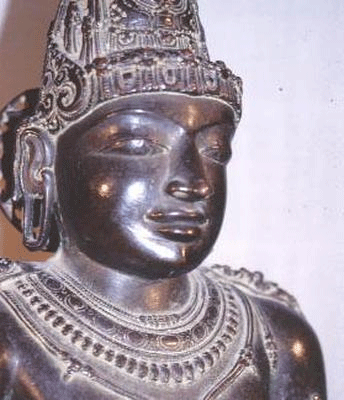
Rajaraja 2 and Rajendra chola:
Arumolivarman crowned himself as Rajaraja 2 and ascended the throne in 985A.D. He ruled almost for 30years. Under him the Chola dynasty in India grew extensively and conquered Maldives. Rajaraja 2 also fought with Chalukyas and conquered most parts of Mysore. He was an able administrator and built many temples. A temple built at Tanjore is named as Rajarajeshwara temple. After Rajaraja 2 his son ascended the throne.
Rajendra chola is another great ruler of Chola Dyansty. He attacked Bengal and defeated Pala ruler. Rajendra Chola 1 took the title Gangaikonda means the victor of Ganges. Rajendra Chola 1 built a capital called as Gangaikonda Cholapuram.
Rajendra Chola extended his Kingdom till Andaman and Nicobar Islands. During his period, it was also called as Golden age of Cholas. After Rajendra Chola 1 not many rulers were able to rule as extensively as the previous rulers.
Administration during Chola Dynasty
Administration:
During the Chola Dynasty the entire South India came under a single government. The Chola’s ruling system was slightly different from other rulers. King was the head of the administrator.
The form of rule under Chola was hereditary and Monarchial. The King appointed other ministers. The whole empire was divided into small provinces known as Mandalams. Further they were divided into Valanadus, Nadus and Kurrams.
The village was mainly divided into 3 groups. In the first group land was held by all castes and taxes to the King were paid in the form of land revenues. The second group was exclusively for Brahmins called as Agrahara Village. They were exempted from paying tax.
The third and the last group was Devadana means village given to God. The revenue from these villages was donated to temple. The economy and social life flourished during this period. Caste system was very rigid. Brahmins were highly respected. The position of women deteriorated during Chola’s period.
Temples during Chola Dynasty
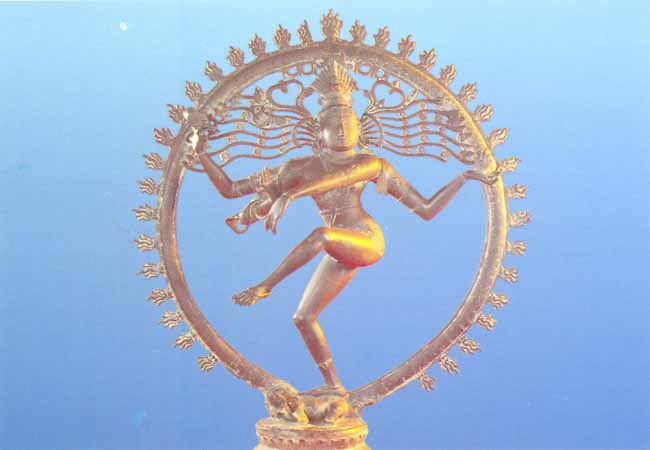
Chola Dyansty was famous for its magnificent and beautiful temples. Chola's and Chalukya Dyansty are famous for magnificent temples. This remarkable Dyansty ruled for nearly 1500 years in the fertile plains of Tamil Nadu. Major official ceremonies were held in temples.
Temples became the hub of political, economic and cultural activities during the Chola period. Chola represented the finest tradition of sculptures, painting, dance, music. Out of many temples built during their rule, three of them stand out and today are known as Great Living Chola Temples.
Read more about Temple Architecture, Colonial Architecture
The Brihadeshwara temple at Tanjavur, the Brihadeshwara temple at Gangaikonda Cholapuram and Airavateswara temple at Darasuram are the three most stunning temples of their period. Today these temples are part of UNESCO’s world heritage site. The Chola’s carried forward the Dravidian architecture of temple building set by Pallavas.
The temples they built were huge, standing tall to depict their glory. The architecture of the temples built during this period is a work of inspiration not just for temples in South India but even for others in the country. The temples built are world famous and important tourist destinations in India.
Decline of Chola Dynasty:
At the beginning of 13th century the Chola’s who had dominated the sub continent for centuries had drained all resources and started to decline.
The armed forces which were their biggest strength had no resources to fight. After the defeat by Pandya’s in 1217 Chola’s faced a continuous decline till 1279. Even though they came back to power after 1217 defeat it was difficult for Chola’s to hold back.
The last King Rajendra chola 3 was defeated by Pandya King Maravarman Kulasekara Pandyan 1. Corruption also played a major role in the decline of this Dyansty. Chola’s had to face problems from Chalukya dynasty.
Update on coronavirus in India
Affiliate Disclosure:
If you make any purchase via a link on this site, I may receive a small commission with no added cost to you.
